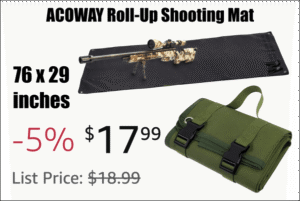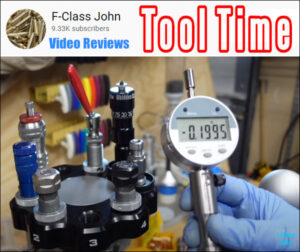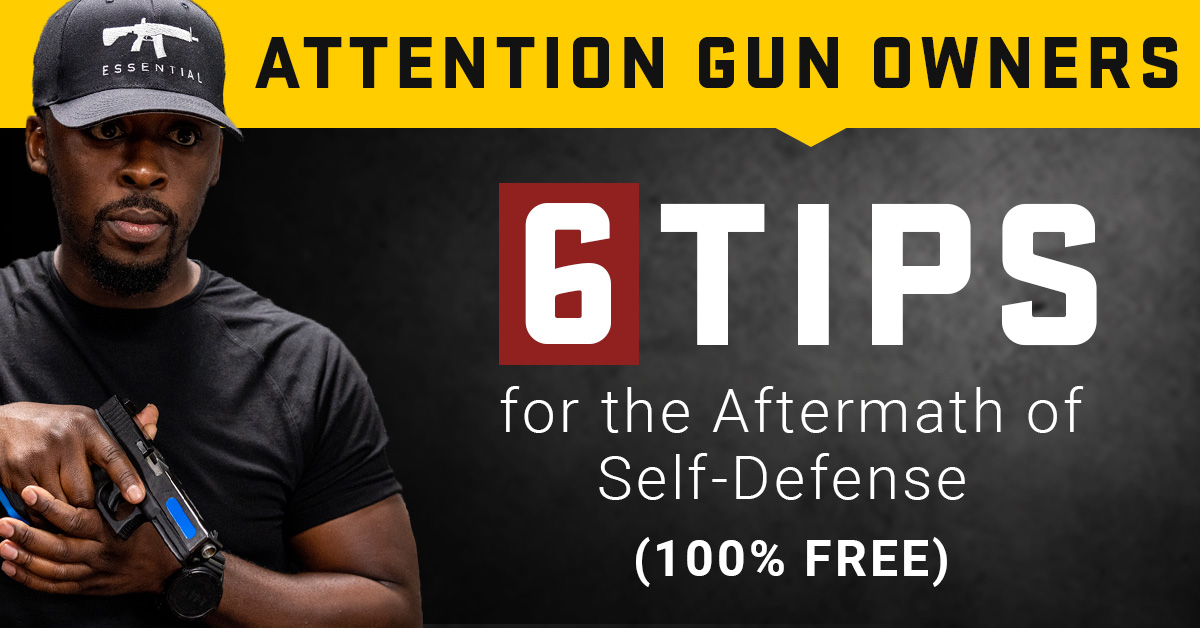Ryan Cleckner, a former U.S. Army Sniper Instructor and highly respected outdoor journalist with GunUniversity.com. He is also a firearms industry attorney. Cleckner also wrote the Long Range Shooting Handbook, a resource that is highly recommended. Ryan Cleckner, a skilled shooter and a communicator who is very good at what he does, hosts the 2023 series of NSSF rifle optics videos. The Cleckner Optics series has 14 videos, and they are all worth watching. Here are the “top six” videos from the 14 Ryan Cleckner videos. They range in length between one and fifteen minutes. The topics covered are: First Focal Plane and Second Focal Plane. Parallax Correction. Ocular (eyepiece). Focus. Reticle Options. First Focal Plan vs. Second Focal Plane scopes When using a First Focal Plane scope, the reticle will grow and shrink as the magnification is increased or decreased. The FFP reticle hash marks always cover the same angular range (in MOAs or Mils). This is useful for PRS/NRL and hunting shooters who need to shoot at multiple ranges and quickly calculate holdovers and holdoffs. The reticle will always be the same size/thickness no matter the magnification with a Second Focal Plane scope. SFP Reticle hash markings define a specific defined angular subdivision (such 2 MOA), for a specific magnification (such 25X). SFP scopes are less “busy” at high magnifications and are therefore preferred by benchrest and target shooters who make a series of shots from a certain distance. Parallax explained and how to use Parallax controls Parallax is when the target and the reticle are located on different planes in the scope. You can detect it when you move your eye or head around while looking through a scope and the reticle appears as if it is moving or swimming around the object that you are aiming at. You can correct parallax by adjusting the parallax adjustment, which is usually located on the left-hand side of the scope. Click HERE to see Nightforce’s tips on avoiding parallax mistakes. Understanding the Features of Modern Riflescopes Modern scopes have multiple controls to change focus, magnification and reticle position relative to the target. On top, you’ll find an elevation control knob that has clicks in 0.1 Mils, one-eighth MOA or one-quarter of a MOA. On the right (from a shooter’s point of view), there is a windage knob, with clicks in MIL or MOA segments. On the left side of most modern scopes is a parallax adjustment. Zoom scopes will have a magnification dial at the rear. Many scopes have a rotating section of the eyepiece for ocular focusing. Scope Reticle for FFP Optics and SFP Optics There is a wide range of reticle options for FFP and SFP optics, and for various applications (short-range, long-range, hunting, benchrests, F Class, PRS/NRL and handguns). A 3-9x40mm scope for hunting may have a very basic reticle, with medium-thickness lines and a few vertical hold-over marks. A 45X optic designed for short-range benchrest shooting may have very thin lines and a small central target dot. A modern FFP PRS/NRL optical may have a complex reticle, which looks like a christmas tree. Check out the Horus reticle to the right. This will have multiple windage and hold-over marks for different distances. This allows a shooter to hit a target at 500m just seconds after engaging an object at 100m. How to Optimize Ocular focusing by Adjusting Eyepiece Ocular focus is the sharpness of reticle image that you see through the scope’s eyepiece. You’ll usually see a plus/minus mark near the rear of the scope. This allows the eyepiece to rotate both clockwise and anti-clockwise. This ocular focus helps to tailor the scope to the individual shooter’s vision. March Scopes explains that by adjusting the eyepiece you will be setting up the right diopter values which vary from person to person. To adjust the eyepiece for the correct diopter setting you must be able to see the reticle crisply and clearly. For March scopes, if you are nearsighted, rotate the body of the eyepiece counter-clockwise. If you’re far-sighted, turn the eyepiece in the + direction clockwise. Scope mounting: Basics. Components. Tools. Trouble-shooting. Four of the fourteen Ryan Cleckner optical videos cover scope mount. The main video is shown above. This 15-minute video covers all the basics of mounting a scope, including ring positioning, fastener control, and reticle alignement. The three additional Cleckner mounting videos are: Part I: How to Mount a Scope – ComponentsPart 2: How To Mount A Scope — Tools
Part 4: Troubleshooting a Scope

















